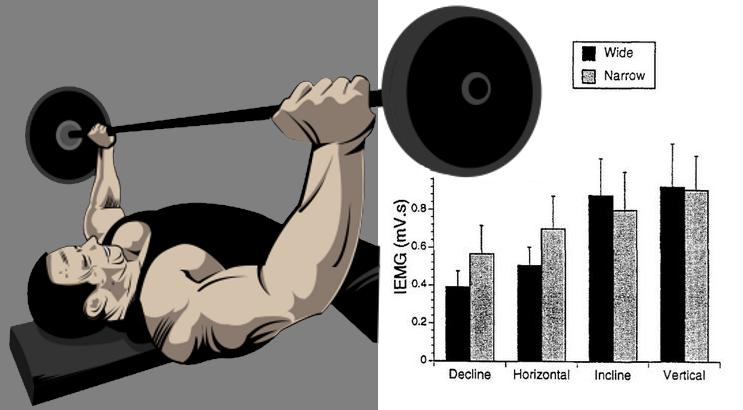Training plateaus are a normal part of the training curve, especially when it comes to the most popular exercise of all time – the bench press. It would be truly amazing if we could all keep increasing our bench press totals in a never-ending continuum, but that hardly ever happens in reality.
Any bodybuilder can have months when he’s progressively getting stronger before he hits a wall that he can’t break through no matter what how hard the tries. Such a sticking point can be defined as the position where the resistance can’t be overcome by the strength of the muscles, due either to muscle weakness or an unfavorable biomechanical position.
The inevitability of sticking points, however, doesn’t mean that you have no other choice but to give up! There’s still a lot you can do to get unstuck and improve your results. Below you’ll find two brutal chest-training techniques that are guaranteed to turn your weakness into new strengths.
Master them and you’re back on the road to massive pec growth!
#1. Bring Your Bench Press Alive With the Dead Bench
The bottom part of the range of motion is inarguably the most common sticking point on the bench press and the most effective way to overcome it is with the “dead bench press”, or “paused bench press”.
This is performed by pressing dead weight off your chest, with no eccentric portion, which ensures that you can’t use built-up elastic energy to help push the bar up – you’re forced to rely only on your musculature. By eliminating any benefit of the stretch reflex, your body will have to learn how to recruit more muscle fibers and turn them on more rapidly to move a heavy load.
To begin, you will need to set the pins in a power rack so that the bar sits 1-1 1/2’’’ off your chest, then push it as hard and fast as possible. Allow it to settle for about 2 seconds on the safeties or stop each rep at the bottom and begin the next lift from a dead stop. This will help you cure most of your bench press ailments and build tremendous power in the initial phase of the lift.
#2. Include Variable Resistance
Variable resistance training is what you’re seeing when a lifter adds elastic bands or chains to the bar before a lift, which has the effect of increasing the resistance at the point where you are strongest, which is when the bar is farther from your body, and reduce it where you’re weakest or when the bar is closer to your body.
For example, when using chains, as the range of motion builds, the amount of chain being supported will increase, thereby increasing the amount of resistance to the movement until it reaches maximum at the top end of the movement. Then, as the range of motion is reversed, the resistance to the movement will decrease, so the athlete will be experiencing variable resistance throughout full range of motion.
Although the research on the subject is not yet complete, there’s no doubt that incorporating variable resistance into your training will help you improve the rate of power development and leave sticking points behind you in no time.

